The intricate world of avian health extends beyond vibrant plumage and melodic songs to the essential realm of ocular well-being.
Common eye disorders in birds present unique challenges for bird owners and caregivers, requiring a nuanced understanding to ensure the optimal health of our feathered companions.
From conjunctivitis to cataracts, these disorders can impact various avian species. This exploration delves into the fascinating intricacies of common eye disorders in birds, shedding light on their symptoms, treatments, and the importance of vigilant care.
Recognizing the signs and seeking prompt veterinary attention is paramount in preserving the visual health and overall vitality of our avian friends.
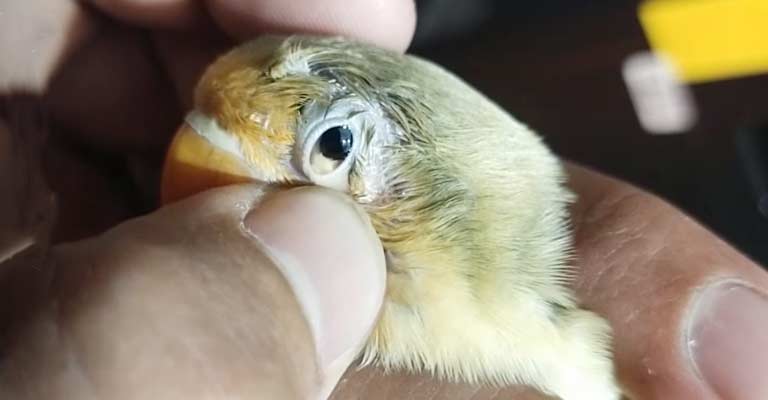
Common Eye Disorders In Birds: Top 7
In the avian realm, the eyes serve as vital windows to the health of our feathered companions. Understanding common eye disorders in birds is crucial for maintaining their overall well-being.
Here, we explore the types of common eye disorders in birds, shedding light on each condition.
1. Conjunctivitis
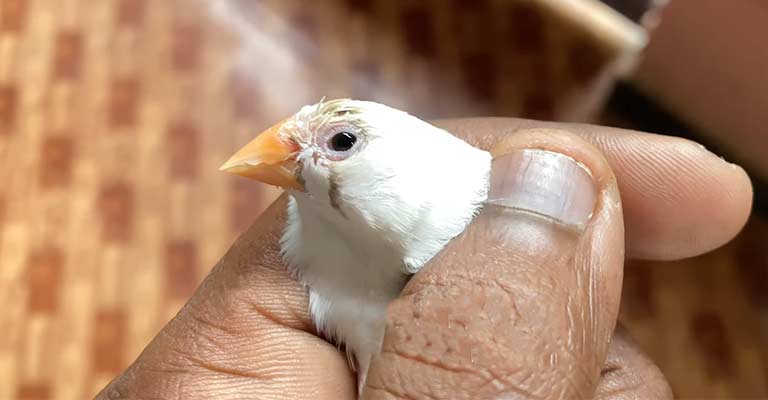
Conjunctivitis, or inflammation of the eye’s outer surface, is prevalent in birds. It can result from infections, irritants, or underlying health issues. Affected birds may display redness, swelling, and discharge, requiring prompt veterinary attention for proper diagnosis and treatment.
2. Cataracts
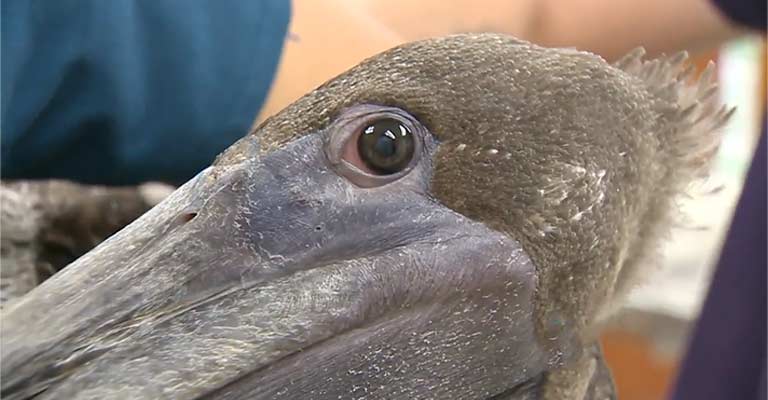
Cataracts, characterized by the clouding of the eye’s lens, can occur in birds due to ageing, genetics, or nutritional deficiencies. Birds with cataracts may exhibit changes in eye colour and clarity, impacting their vision. Surgical intervention may be considered for severe cases.
3. Chlamydiosis (Psittacosis)
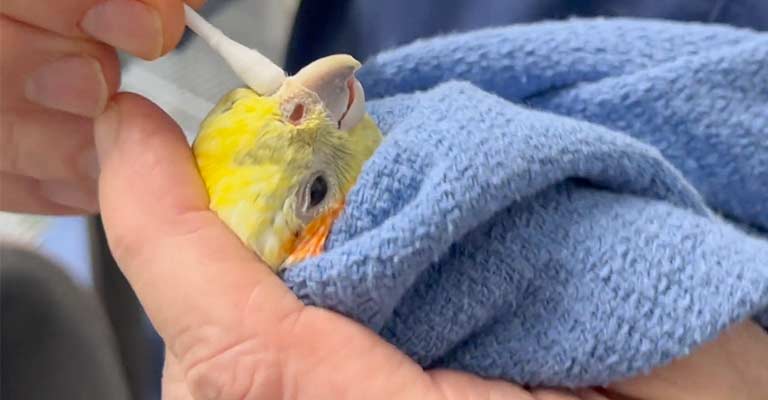
Chlamydiosis, caused by the bacterium Chlamydia psittaci, can affect birds’ eyes. Ocular symptoms include redness, swelling, and discharge. Timely diagnosis and appropriate antibiotic treatment are crucial, as Chlamydiosis can pose health risks to both birds and humans.
4. Glaucoma
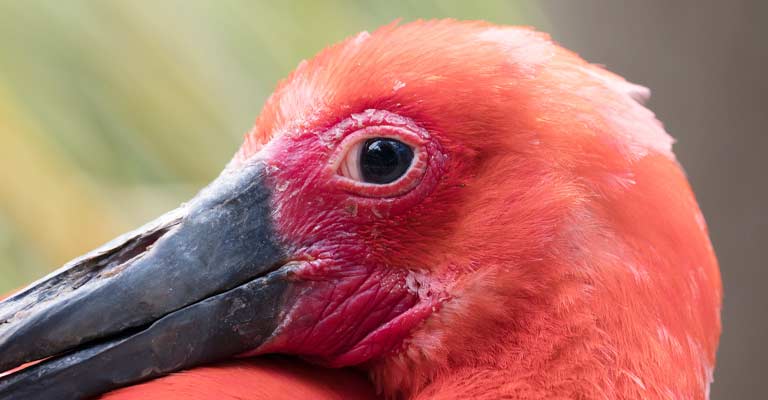
Glaucoma, an increase in intraocular pressure, can impact birds. This condition can lead to vision impairment and discomfort. Treatment involves managing underlying causes and alleviating pressure through medications or surgical intervention.
5. Corneal Ulcers
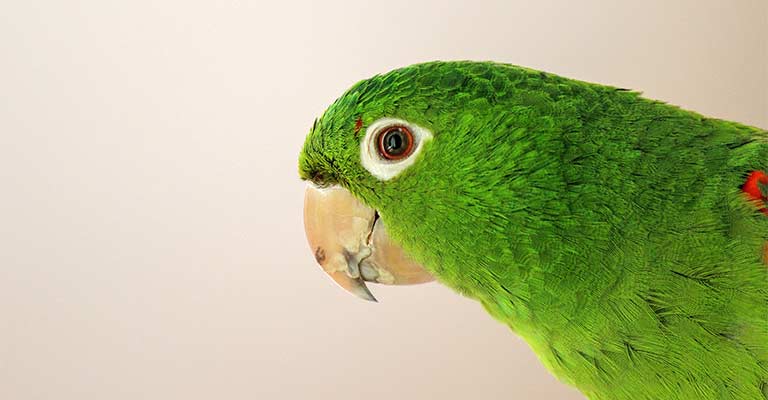
Corneal ulcers, often caused by trauma or infections, are common in birds. Birds with corneal ulcers may display squinting, excessive tearing, and light sensitivity.
Veterinary evaluation is necessary for proper diagnosis and treatment, which may involve antibiotics or surgery.
6. Ocular Trauma
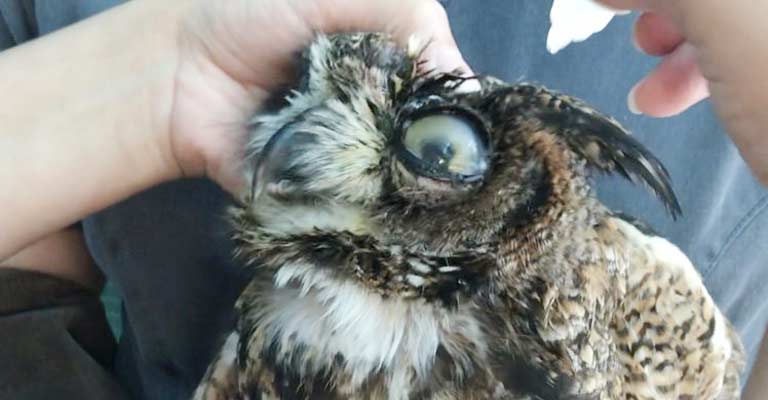
Birds are susceptible to ocular trauma from various sources, including collisions, fights, or foreign objects. Trauma can result in injuries ranging from scratches to more severe damage.
Prompt veterinary attention is crucial to prevent complications and ensure proper healing.
7. Retinal Disorders
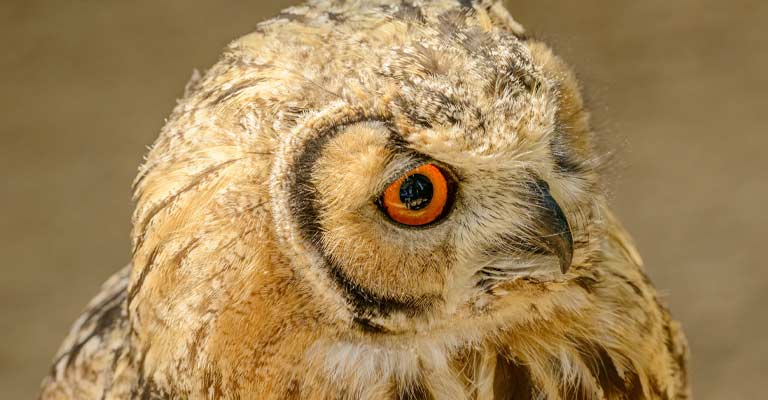
Disorders affecting the retina, such as retinal detachment or degeneration, can impact a bird’s vision. Causes include genetic factors, infections, or age-related changes. While some retinal disorders may be irreversible, supportive care can enhance the bird’s quality of life.
What Are Some Symptoms Of Common Eye Disorders In Birds?
The eyes of our feathered friends are windows to their well-being, and recognizing symptoms of common eye disorders in birds is vital for their overall health.
Here, let’s explore seven symptoms indicative of common eye disorders in birds:
Redness and Swelling
Redness and swelling around the eyes are common symptoms of eye disorders in birds, such as conjunctivitis or infections.
These signs may indicate inflammation and discomfort, prompting the need for a thorough veterinary examination to identify the underlying cause.
Cloudy or Discolored Eyes
Cloudiness or discolouration of the eyes can be a sign of cataracts, often caused by ageing, genetics, or nutritional deficiencies.
Changes in eye colour and clarity may suggest the presence of cataracts, necessitating veterinary evaluation for proper diagnosis and potential intervention.
Discharge from the Eyes
Discharge from the eyes, ranging from clear to coloured, is a common symptom of various eye disorders, including infections like conjunctivitis or chlamydiosis.
Identifying the type of discharge and accompanying symptoms is crucial for targeted treatment.
Squinting or Excessive Tearing
Birds experiencing discomfort or pain due to conditions like corneal ulcers may exhibit squinting or excessive tearing. These signs suggest ocular irritation and warrant immediate veterinary attention to prevent complications and promote healing.
Changes in Pupil Size
Alterations in pupil size or irregular responses to light may indicate neurological or structural issues affecting the eyes. Such changes require prompt veterinary assessment to determine the underlying cause and initiate appropriate treatment.
Vision Impairment
Vision impairment, such as difficulty navigating or hesitancy in response to visual stimuli, can be associated with various eye disorders, including glaucoma or retinal disorders.
Observing changes in a bird’s ability to see prompts the need for a comprehensive veterinary examination.
Injuries or Foreign Objects
Obvious injuries or the presence of foreign objects in or around the eyes may result from trauma. Birds are susceptible to ocular trauma, and identifying these signs necessitates immediate veterinary care to assess the extent of damage and initiate appropriate treatment.
What Are The Treatments For Common Eye Disorders In Birds?
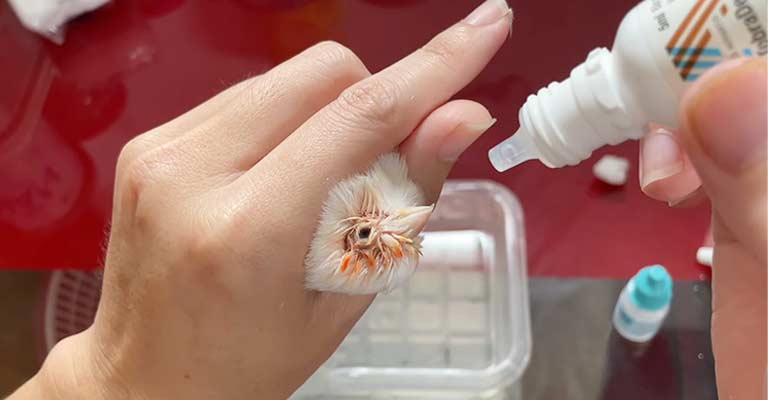
Addressing common eye disorders in birds requires a multifaceted approach to ensure their optimal visual health. From infections to injuries, various treatments can aid in alleviating symptoms and promoting healing.
Here are seven effective treatments tailored to common eye disorders in birds:
Antibiotic or Antifungal Medications
In cases of bacterial or fungal infections causing conditions like conjunctivitis, veterinarians may prescribe antibiotics or antifungal medications. These medications target the underlying cause, addressing inflammation, redness, and discharge, promoting a swift recovery.
Surgical Intervention for Cataracts
Surgical intervention may be considered for birds with cataracts, especially if the clouding of the lens significantly impairs vision. Cataract surgery involves removing the affected lens and, in some cases, implanting an artificial lens to restore clarity and improve visual function.
Antibiotics for Chlamydiosis Treatment
Chlamydiosis, caused by Chlamydia psittaci, requires specific antibiotics for effective treatment. Tetracyclines or other suitable antibiotics are prescribed by veterinarians to combat the infection, addressing ocular symptoms and preventing the spread of the disease.
Pressure-Reducing Medications for Glaucoma
Glaucoma, characterized by increased intraocular pressure, may be managed with pressure-reducing medications. These medications help alleviate discomfort and protect the optic nerve.
In severe cases, surgical procedures may be considered to address underlying causes.
Topical Medications for Corneal Ulcers
Corneal ulcers often respond well to topical medications, such as antibiotic ointments or drops. These medications aid in preventing infection, reducing inflammation, and promoting healing of the corneal tissue. Close veterinary monitoring ensures proper treatment adjustments.
Pain Management for Ocular Trauma
Birds experiencing ocular trauma may require pain management to alleviate discomfort. Veterinarians may prescribe pain medications to ensure the bird’s well-being during the healing process, addressing pain associated with injuries or foreign objects.
Supportive Care for Retinal Disorders
Retinal disorders may not have direct curative treatments, but supportive care is crucial for maintaining a bird’s quality of life.
Adequate nutrition, environmental adjustments, and regular veterinary check-ups contribute to managing these conditions and preventing further deterioration.
Navigating the treatment landscape for common eye disorders in birds involves a collaborative effort between bird owners and veterinarians.
Early detection, targeted interventions, and ongoing care contribute to the successful management of these disorders, fostering optimal visual health in our feathered companions.
FAQs
Can birds get cataracts, and how are they treated?
Yes, birds can develop cataracts. Treatment may involve surgical intervention to remove the affected lens and restore clarity. Veterinarians assess the severity and recommend appropriate measures.
How is conjunctivitis in birds treated?
Conjunctivitis is typically treated with antibiotic or antifungal medications, addressing the underlying infection. Veterinary guidance ensures accurate diagnosis and effective treatment.
Is glaucoma common in birds, and what treatments are available?
Glaucoma can affect birds, and treatments may include pressure-reducing medications or surgical procedures. Veterinary evaluation is crucial for tailored interventions.
What is the primary cause of corneal ulcers in birds, and how are they treated?
Corneal ulcers can result from trauma or infections. Treatment involves topical medications, such as antibiotic ointments or drops, to prevent infection and promote healing.
Can retinal disorders in birds be managed, and what supportive care is recommended?
While some retinal disorders may not have direct cures, supportive care includes maintaining proper nutrition, environmental adjustments, and regular veterinary check-ups to manage and monitor the conditions.
Conclusion
As stewards of avian well-being, our commitment to the health of our feathered companions extends to their often-underestimated windows to the world—their eyes.
Addressing common eye disorders in birds requires a comprehensive approach, from early detection and precise treatments to ongoing care.
By embracing vigilant observation, timely intervention, and collaborative efforts with avian veterinarians, bird owners contribute to the longevity and vibrancy of their avian companions.
As we navigate the complexities of conjunctivitis, cataracts, and other ocular challenges, the harmonious bond between birds and their caregivers thrives, ensuring a life filled with clarity and visual vitality for our beloved feathered friends.